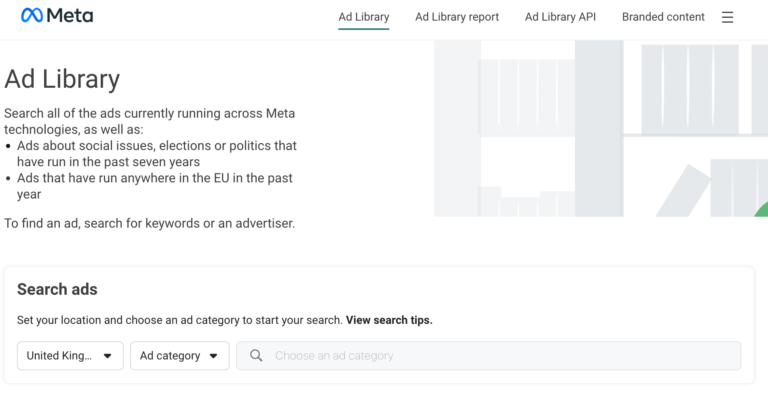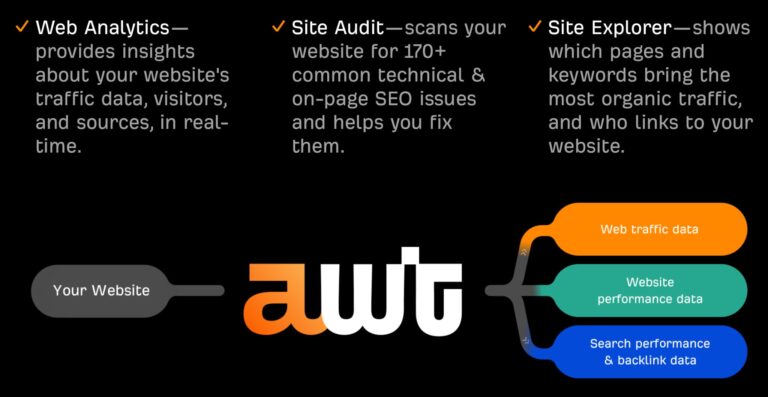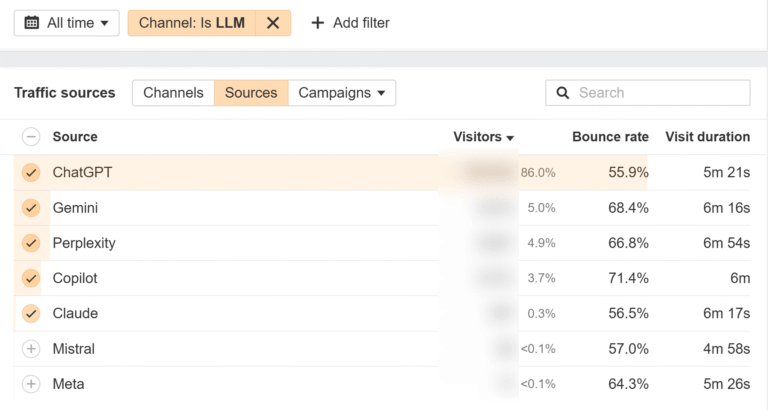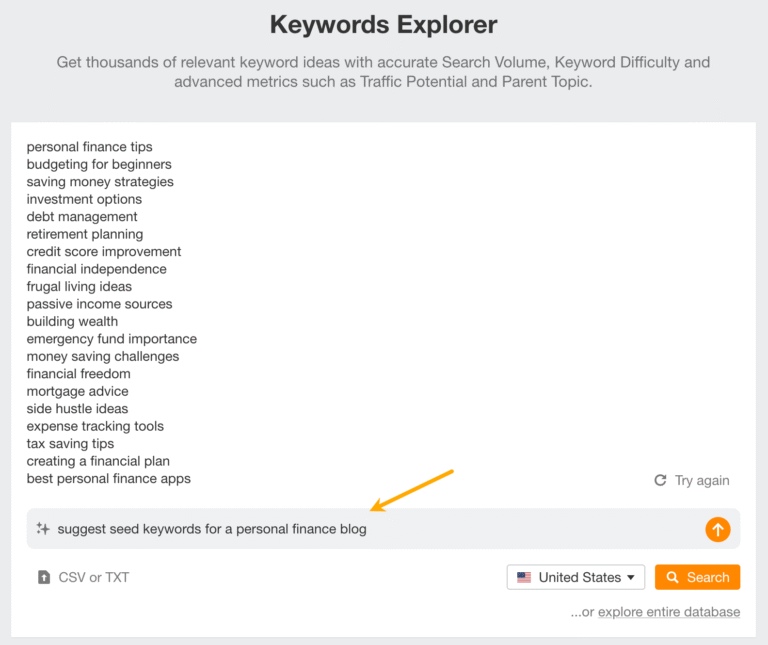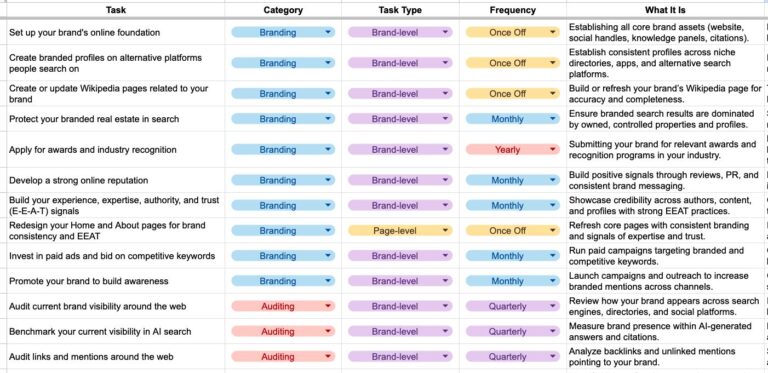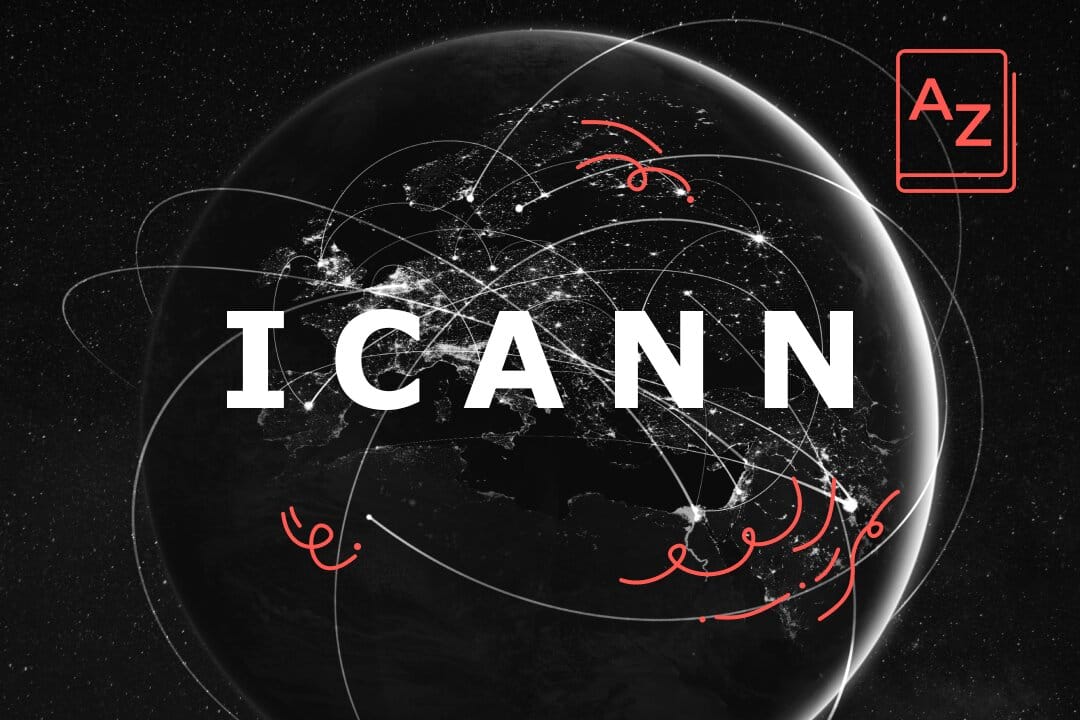
Well, what is ICANN? Well, the Internet is so complex that most of us mere mortals can barely comprehend how it works. We just enjoy being able to use it whenever we want, for whatever we want. Most of the time, it runs pretty smoothly, so we don’t really give much thought to the mechanics of it all.
That said, it’s useful to know what’s going on behind the scenes. Don’t worry, we’re not going to go uber-geeky on you. We’re just going to explain the role that ICANN plays in managing things like IP addresses and domain names.
“Hold on”, we hear you cry. Just what is ICANN, and why does it matter to me? Well, that’s what you’re about to find out. We’ll keep it simple (pinkie promise).
What Does ICANN Stand For? (You’ll Prefer the Short Version)
ICANN stands for the Internet Corporation for Assigned Names and Numbers. Agreed, the acronym (pronounced eye-can) is definitely less of a mouthful. But what is the ICANN?
In simple terms, it’s a body that plays a key role in keeping the Internet organised and maintaining its core infrastructure. It’s important to point out that ICANN doesn’t actually control the Internet. There’s no single person, organisation, or government that does that, despite what conspiracy theorists might tell you.
Believe it or not, the functions ICANN is now in charge of were originally handled by a lone computer scientist named Jon Postel. As the World Wide Web expanded like wildfire, the US government realised the task was probably getting a bit much for the poor guy.
Based on a proposal from the National Telecommunications and Information Administration (NTIA), an agency of the Department of Commerce (DOC), ICANN was born in 1998. But it was eventually removed from US government control with a landmark agreement in 2016.
Now that we get the ICANN definition, what exactly does it do?
So, What Does ICANN Do, and What Is Its Purpose?
If you’ve ever lain awake at night wondering what organisation is responsible for maintaining a root server (and who hasn’t?) then you’re in luck. That’s just one of the things that ICANN does. It also takes care of the central repository for IP (Internet Protocol) addresses and the domain name system (DNS).
We’ll look at all of those things in more detail later on.
ICANN manages around four billion IP addresses and 180 million domain names across 240 countries. The main point of it is to make sure the networks that make up the Internet are stable and reliable so that users all over the world have a happy life.
It’s all about “universal resolvability”, which means that the whole Internet works in the same way, no matter who accesses it or where they are. Whenever you type “OnlyDomains.com” into the address bar, you’ll arrive at the right destination every time.
Now you know that, you can sleep easy.
Why Does ICANN Matter?
Apart from making the Internet work in the way we all know and love, ICANN helps to keep it (and us) safe. It doesn’t actually control online content or prevent spam, but it works to make sure the Internet is secure and stable by creating fair policies and administrating the DNS.
ICANN’s policies cover the Internet’s ‘unique identifiers’ (aka IP addresses and domain names). By helping to coordinate these unique identifiers all over the world, ICANN makes it easy for all computers to find each other and communicate.
ICANN also encourages competition and gives customers more options by overseeing the DNS. It sets rules for giving out domain registrations to website owners through domain name registrars and can take away accreditation from any registrar that doesn’t play by the rules.
How is ICANN Linked to DNS?
We’d better start this section by explaining what DNS means. (If you already know, feel free to skip ahead a few paragraphs.) The domain name system basically gives proper names to websites so that we don’t have to use their IP addresses.
You’ll learn more about IP addresses later, but they’re a way of identifying websites or devices connected to the Internet. For example, OnlyDomains has the IP address 119.252.177.37. Good luck remembering that every time you want to visit the site.
That’s why DNS converts these strings of numbers to letters to create domain names, which are far easier for non-robots to handle. Each name has two main elements: the top-level domain name (TLD), such as .com or .org, and the second-level domain (SLD), the company name.
If you want to create a website, you have to snap up a domain name from a domain registrar. ICANN is in charge of a huge network of accredited registrars, each paying a small fee to ICANN whenever they register a domain.
How Does ICANN Affect IP Addresses?
As we mentioned, IP addresses look like long strings of numbers (or sometimes both numbers and letters). Computing devices use them to access and communicate with each other. Each one has to be unique. Otherwise, the Internet would be utter chaos.
ICANN is in charge of the allocation and distribution of IP addresses to make sure there are no repeats. It does this using the Internet Assigned Numbers Authority (IANA) and the Address Supporting Organisation (ASO). Yes, Internet admins love acronyms.
IP addresses live in a central repository, divided into five Regional Internet Registries around the world. Each RIR (the acronyms never stop) is responsible for managing domain registrations and addresses for its own region.
ICANN can’t directly give a unique IP address to every computer or device. Instead, it assigns them as blocks to internet service providers, companies, and educational institutions. These guys then assign IP addresses to individual devices connected to the same network.
And What Does ICANN Have to Do With Root Servers?
Back to our old friend DNS. The domain name system has a hierarchy of managed areas or zones for admin purposes. Root zones sit at the top of the pyramid, and every root zone has a root server (or nameserver) in operation.
Root servers store referral information for TLDs. When someone types in a domain name online (a request), the root server instantly translates it back into an IP address and takes the user to the right place.
13 IP addresses serve the DNS root zone. ICANN works as the owner of one of these root identities, the ICANN Managed Root Server (IMRS). It’s handed off the operation of the other 12 IP addresses to different organisations, all of which make sure the data is accurate and safe.
Each of the 13 IP addresses has several servers, and there are more than 600 different DNS root servers around the world. They all store a copy of the same file that acts as the main index of the Internet’s address books. They’re a massive part of the Internet’s supporting infrastructure.
Once the computers on a network know the IP address of a domain name, they can remember it. This means they don’t need to consult the root servers very often. They sometimes check back in just to make sure the IP address hasn’t changed.
Okay, What Is the ICANN Decision-Making Process?
Sometimes, one of ICANN’s supporting organisations or advisory committees will spot an issue or concern that needs to be handled. They’re not sitting around talking about which kind of cake to have with their morning coffee (Well, maybe that happens too). It’s usually about making changes to a current policy or resolving a dispute.
The relevant group will first discuss the issue before producing a report and releasing it for public review. If the changes are going to affect another group within ICANN, they’ll have the chance to have their say. Their views are also released to the public.
Next, the group or groups will put these reviews into a single report, including a list of recommended actions based on their discussions and feedback. This goes to the ICANN Board of Directors for further discussion.
The Board has the power to approve or reject the proposed changes. If there are a few recommendations, they might approve some but not others. If something is rejected, it’s usually sent back to the relevant group so they can make any amendments suggested by the Board.
ICANN doesn’t make a final decision until there’s full agreement from every group involved, plus the Board. This collaborative, bottom-up process keeps things transparent.
How is ICANN Structured?
ICANN is a non-profit public benefit corporation, but it’s not a volunteer organisation (The staff do get paid, and there are a lot of them around the world). It’s made up of multiple groups that support the Board of Directors in decision-making.
ICANN has three supporting organisations, all representing different sections of the Internet. Each one pretty much does what it says on the tin. We already mentioned the Address Supporting Organisation (ASO), which manages IP addresses.
Then there’s the Country-Code Names Supporting Organisation (ccNSO), which manages country-code TLDs (ccTLDs), such as .uk or .fr. Finally, the Generic Names Supporting Organisation (GNSO) is in charge of generic top-level domains (gTLDs) like .com and .org and new gTLDs, such as .travel or .shop.
Four advisory committees offer advice and make recommendations. These groups represent international government bodies and treaty organisations; root server operators; groups relating to Internet privacy and security; and the Internet community (that’s us guys).
Then there’s a Technical Liaison Group that helps to create basic protocols for Internet technologies. At the top of the tree is the Board, made up of voting directors and non-voting liaisons. It includes the Chair, Vice-chair, President, and CEO of ICANN.
Who Controls the ICANN?
Technically, the Board of Directors are the top bananas. Eight of the Board’s voting members are chosen by an independent nominating committee. The rest are representatives from around the world and are nominated by the supporting organisations.
But all ICANN decisions are based on collaboration with the supporting organisations and advisory committees. The President and CEO direct the ICANN staff and the work they do. Senior staff outside of the Board also have high-level responsibility.
Some people think it’s not right that one private company has control over key parts of the Internet’s infrastructure. Even though the US government no longer controls it, ICANN is often seen as too ‘all about the United States’.
Who Holds ICANN Accountable?
ICANN was incorporated and has its HQ in California, so it’s covered by the state’s laws. But it also comes under federal jurisdiction, so in theory it could be taken to court by the US judicial system. As it’s a public non-profit corporation, ICANN and its directors must stay on the right side of corporate law.
ICANN has set up an internal system of bylaws to ensure there are checks and balances on what it does. Further accountability comes from having a global Board, with some members selected by an independent nominating committee. Senior staff are elected annually by the Board.
Plus, ICANN has dispute resolution procedures, including a Board reconsideration committee and an independent review panel in the case of a debate over a decision. If anyone wants to make a complaint about ICANN, they can take it to an ombudsman who sits outside of the board as an independent party.
OnlyDomains’ Robust and Secure Software Gets Your Business Online With All You Could Ever Need
If you were paying attention earlier, you’ll remember that domain names must be bought from a registrar. And when ICANN accredits that registrar, it means they’ve agreed to follow strict regulations to provide a reliable and secure service.
That’s just one of the great things about OnlyDomains, which also offers 900+ global and local domain names to choose from. You can add SSL certificates to secure your site and show visitors they can trust you, as well as keep your contact details private with WHOIS privacy.
Alongside easy-peasy domain registrations, renewals, and transfers, OnlyDomains provides web hosting, business email, and a website builder tool. In short, everything you need to get online.
Start searching for your perfect domain name today.

